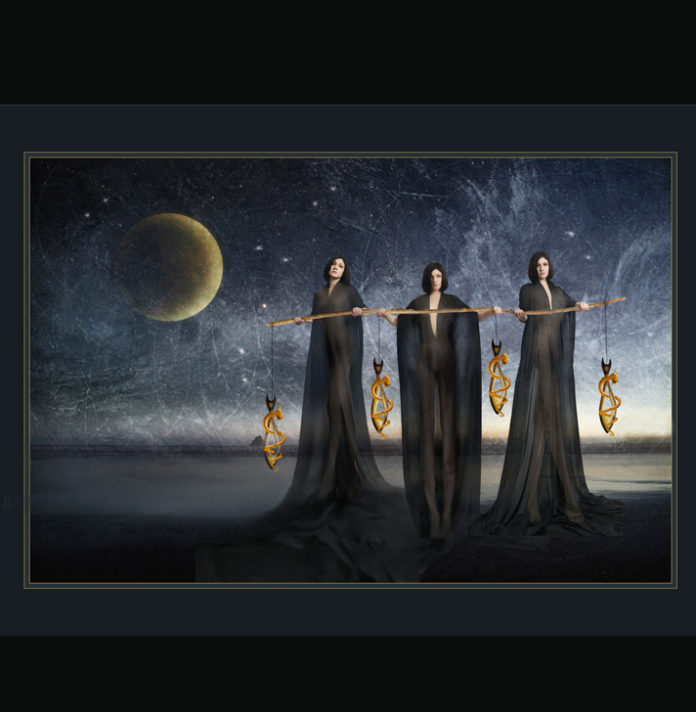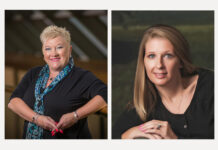by Thom Rouse
With the abundance of image-making technology and the vast resources of equipment and software available to us, we can do anything we can imagine, anything! That said, the crux of the biscuit is: What can we imagine and how can we propel our individual, one of a kind, imaginations? In other words, how can we be creative? Here are just a few thoughts, quotes, and references on the subject.
I recently read a book by Ahmir Thompson, AKA Questlove, the co-leader and drummer of the Roots, now serving as the house band of the Tonight Show. It is one of the best, if not “the” best book I’ve read on creativity. The man is brilliant! What makes it so useful is that it doesn’t promote a single formula for creativity, but a number of wide-ranging techniques he has discovered in his own creative life and the creative lives of many others he has collaborated with or spoken to including Bjork, Neil deGrasse Tyson, David Lynch, Prince, and Usher, among many others. The Rolling Stone critic, Robert Christgau, said of Questlove, “You have to bear in mind that he’s one of the smartest (expletive deleted) on the planet!” The following are a few takeaways from the book “Creative Quest.”
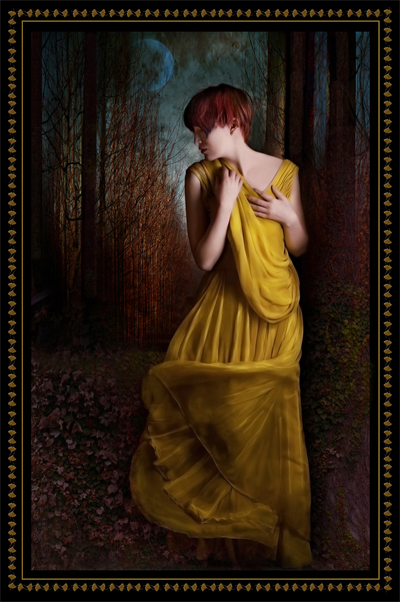 BOREDOM – “When the distraction shifts into boredom, that’s the seed of something creative.”
BOREDOM – “When the distraction shifts into boredom, that’s the seed of something creative.”
Many have cited boredom as being important to creativity and many have cited distraction as being important to creativity; and controlled scientific studies have verified both. But Questlove’s book is the first time I’ve read anyone suggesting that the junction of the two was an important source of creativity.
“Let yourself go to the sense of being disconnected and meaningless. Let it wash over you a little bit before you come up gasping for air. Creativity is a fight against that insignificance. You have to remember that you’re insignificant, but also that you are potentially more significant than all the noise that’s being supplied to you at any moment.” – Questlove
What this means from a practical point of view is: put down your cell phone, stay off the internet, and allow yourself to get bored. Allow yourself the opportunity to be bored by minimizing stimulation from all the sources of information we have available – and wait for the ideas to appear. Allow the ideas to come forth because you’re not immersing yourself in stimulation outside of your own precious creative mind. Suddenly, a distraction from the outside will interact with your boredom and magic will happen.
BE WEIRD – We already know this, don’t we? Creative people are weird, right? Thompson cites a study from Shelly Carson, a Harvard psychologist, illustrating that when cognitive inhibition is lowered, we allow more information into our consciousness and allow more ideas to interact and recombine, resulting in creativity. One would think that concentration and focus means disallowing the irrelevant ideas to your project. But, apparently, the opposite is true. Let all ideas in and see how they play with each other… which is technically described as “cognitive disinhibition,” aka creativity. It is a characteristic of most creative people.
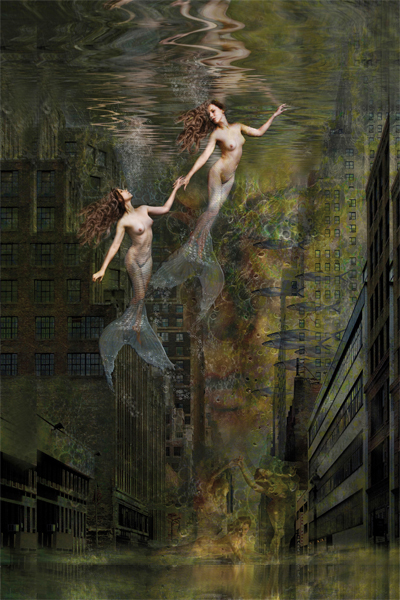 “If we’re always discarding our thoughts to fit in with what’s acceptable or correct or accurate, we’re not going to have ideas that leap away from the ideas that are already out there.” – Questlove
“If we’re always discarding our thoughts to fit in with what’s acceptable or correct or accurate, we’re not going to have ideas that leap away from the ideas that are already out there.” – Questlove
“We do not long remember those artists who followed the rules more diligently than anyone else. We remember those who made the art from which the “rules” inevitably follow.” David Bayles and Ted Orland, “Art and Fear.”
Think of all the stupid ideas that have come to pass: Bottled water (really?), an app that allows strangers to stay in your home (AIRBNB… Are you kidding?), or a Broadway musical about one of our nations founding fathers (by the way, Questlove was one of the producers for Hamilton).
EMBRACE FAILURE – David Bowie said that creativity is one of the few human endeavors where you can crash your plane and walk away from it. Yes, it’s depressing to fail. It hurts. It can rip your heart out. But your heart will grow back. Failure defines success! It is essential to creativity.
FAILURE IS NOT FATAL – “For starters, it can be a motivator. Smooth sailing isn’t always the best way to convince yourself to put your nose back to the grindstone. Struggle and frustration and fear can be great tools for learning to focus and recharge yourself.” Ahmir Thompson
(Questlove) “The function of the overwhelming majority of your artwork is simply to teach you how to make the small fraction of your artwork that soars. One of the basic and difficult lessons every artist must learn is that even the failed pieces are essential. The point is that you learn how to make your work by making your work, and a great many of the pieces you make along the way will never stand out as finished art.” David Bayles and Ted Orland – Art and Fear
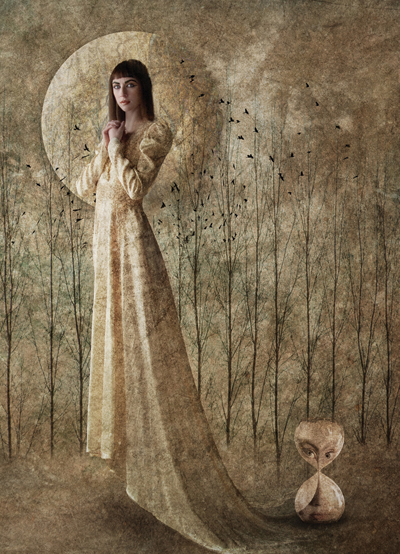 BE A TOURIST IN OTHER PERSPECTIVES – “Allow unexpected influences to shift your ideas. You can always come back to your own convictions if they’re real. But be a tourist in other perspectives.” Questlove
BE A TOURIST IN OTHER PERSPECTIVES – “Allow unexpected influences to shift your ideas. You can always come back to your own convictions if they’re real. But be a tourist in other perspectives.” Questlove
I think this quote implies a variety of possibilities for enhancing creativity.
But there are some obvious ones for those of us engaged in image making.
A wedding photographer might hang out with a sports photographer, a landscape photographer might try some architectural images, a portrait artist with a commercial photographer, etc. I recently spent a week with photographer friends at Acadia National Park in Maine. I am not a landscape photographer, but I found that hanging with others who were and just getting out and witnessing the extraordinary natural beauty of coastal Maine was tremendously inspiring. I see differently for having been a tourist in another perspective. I created a number of landscape pieces and I know that the experience will and already has contributed to my fine art conceptual work.
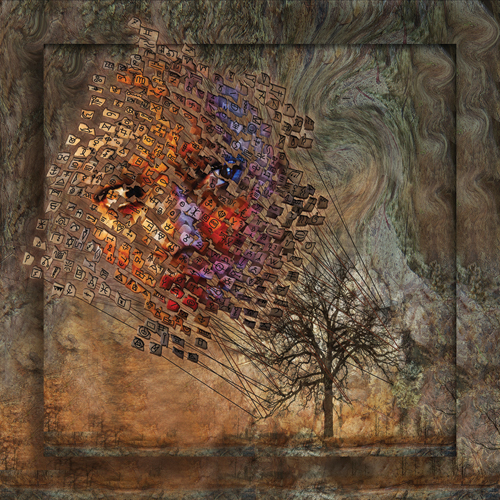 CURATE YOUR INFLUENCES – Curating our ideas and inspiration is a daunting task. We are inundated with exposure to more images (more great images) than ever before. The internet and attendant social media provide access to more images than we can possibly appreciate. I personally want to see everything out there. I have a nagging fear of missing out (FOMO),
CURATE YOUR INFLUENCES – Curating our ideas and inspiration is a daunting task. We are inundated with exposure to more images (more great images) than ever before. The internet and attendant social media provide access to more images than we can possibly appreciate. I personally want to see everything out there. I have a nagging fear of missing out (FOMO),
a concern that I’ll miss the image that will provide the inspiration for a quantum leap in my work. But I also know that I experience image fatigue. When visiting a museum, I typically have a two hour span when I can move among images and maintain a concentration on and full appreciation of each. At some point however, I begin to experience sensory overload. I’ve seen too much and my ability to fully experience each image begins to fade. I have always strongly recommended that image makers expose themselves to art and images. However, curate your exposure to images that are important to you currently. Distinguish between what truly inspires you and what is nearly entertaining
JUST GET TO WORK – One of the biggest impediments to creativity is simply the failure to get started. As we stare at the screen or through the lens, we tend to wait on inspiration to strike. If we simply wait long enough, nothing will happen. Often, the most creative technique available to us is to just get to work. The creativity will follow. Creativity is in the work. When we get to work, the image begins to tell us what it needs. “Inspiration Is for Amateurs. The Rest of Us Just Show Up and Get to Work.” – Chuck Close.
The artwork’s potential is never higher than in that magic moment when the first brush stroke is applied, the first chord struck. Art is like beginning a sentence before you know its ending. Creativity is a complex subject for a short article. If you’re interested on reading more there are many books on creativity. These are three of my favorites:
- Creative Quest by Questlove
- Art & Fear by David Bayles & Ted Orland
- The Artist’s Way: 25th Anniversary Edition: Julia Cameron
 Thom Rouse, a Texas School ‘19 instructor, began his career as a portrait and wedding photographer in 1994. Based near Chicago, he now divides his time between commercial, fine art and commissioned fine art images with his clients as the central subject of his pieces. His conceptual fine art images utilize real world photographs, blended and manipulated to create an alternative to real world perception. Thom also lectures and teaches workshops on topics ranging from Photoshop as an artist’s tool, visual literacy and lighting and posing for figure studies.
Thom Rouse, a Texas School ‘19 instructor, began his career as a portrait and wedding photographer in 1994. Based near Chicago, he now divides his time between commercial, fine art and commissioned fine art images with his clients as the central subject of his pieces. His conceptual fine art images utilize real world photographs, blended and manipulated to create an alternative to real world perception. Thom also lectures and teaches workshops on topics ranging from Photoshop as an artist’s tool, visual literacy and lighting and posing for figure studies.



